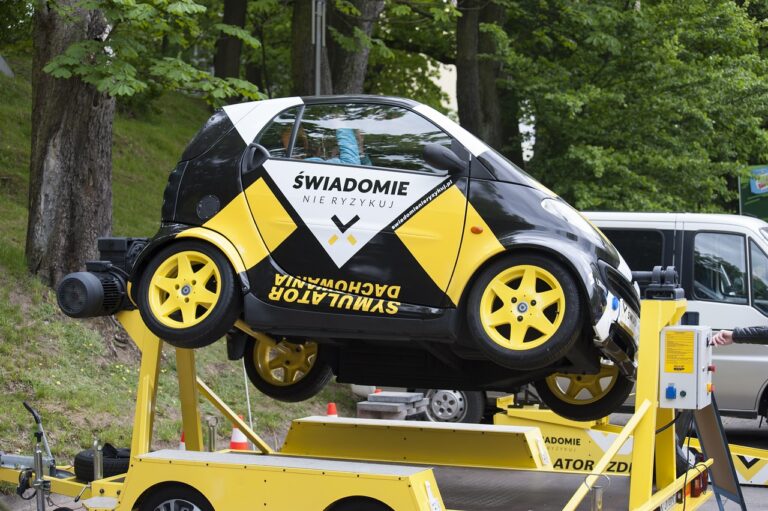The Impact of Electric Vehicles on Road Maintenance
The rise of electric vehicles (EVs) in recent years has been nothing short of remarkable. With advancements in technology and a growing focus on sustainability, more and more consumers are making the switch from traditional gas-powered vehicles to electric ones. This shift is not only driven by a desire to reduce carbon emissions and combat climate change but also by the increasing availability of charging infrastructure and government incentives to promote EV adoption.
One of the main factors contributing to the growing popularity of electric vehicles is the improvement in battery technology, which has extended the driving range of EVs and reduced the time needed to charge them. Additionally, the lower operating costs of electric vehicles compared to traditional cars are appealing to many consumers, especially as gas prices continue to fluctuate. As automakers continue to expand their EV offerings and invest in research and development, the future of electric vehicles looks increasingly promising.
Challenges Posed by Electric Vehicles to Road Infrastructure
Electric vehicles (EVs) have been rapidly gaining popularity in recent years, presenting new challenges to road infrastructure. One of the primary concerns is the additional weight that many EVs carry due to their heavy battery packs. This weight can put extra strain on roads and bridges, leading to accelerated wear and deterioration of the infrastructure.
Furthermore, the unique characteristics of EVs, such as instant torque delivery and frequent acceleration and deceleration, can also contribute to increased stress on roads. The constant changes in speed and the higher frequency of braking associated with EVs can cause more wear and tear on road surfaces, potentially leading to the need for more frequent repairs and maintenance. As the number of EVs on the road continues to grow, it will be essential for authorities to address these challenges in order to ensure the long-term sustainability of our road infrastructure.
Increased Wear and Tear on Roads Due to Electric Vehicles
With the rise in popularity of electric vehicles (EVs) in recent years, concerns have been raised about the increased wear and tear on road infrastructure. While EVs offer numerous environmental benefits, their weight distribution and torque characteristics can exert more pressure on roads compared to traditional combustion engine vehicles. This additional stress on roads can accelerate deterioration, leading to potholes, cracks, and other forms of damage that require costly repairs.
Moreover, the heavier batteries in electric vehicles contribute to higher axle loads, further contributing to road degradation. These increased axle loads can lead to a quicker breakdown of road surfaces and substructures, especially on roads that were not originally designed to accommodate such weight distribution. As more EVs hit the roads, it is essential for authorities to address these challenges proactively to ensure the sustainability of road infrastructure in the face of evolving transportation technologies.





